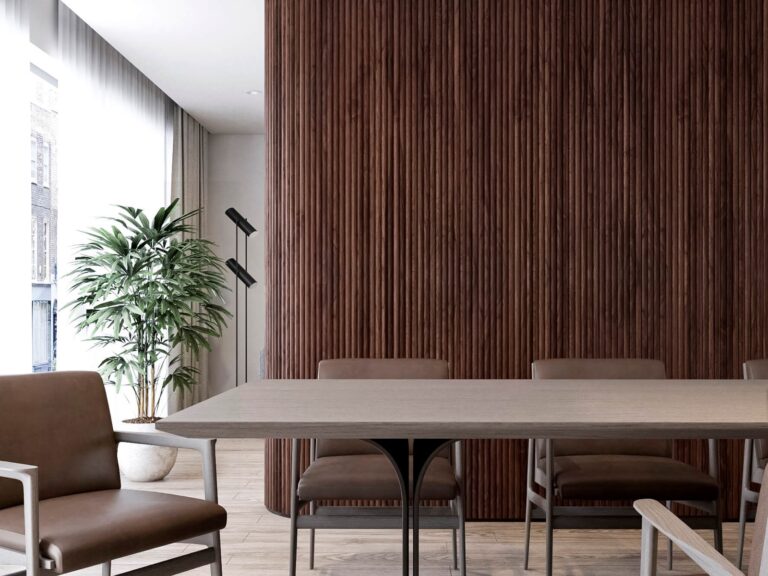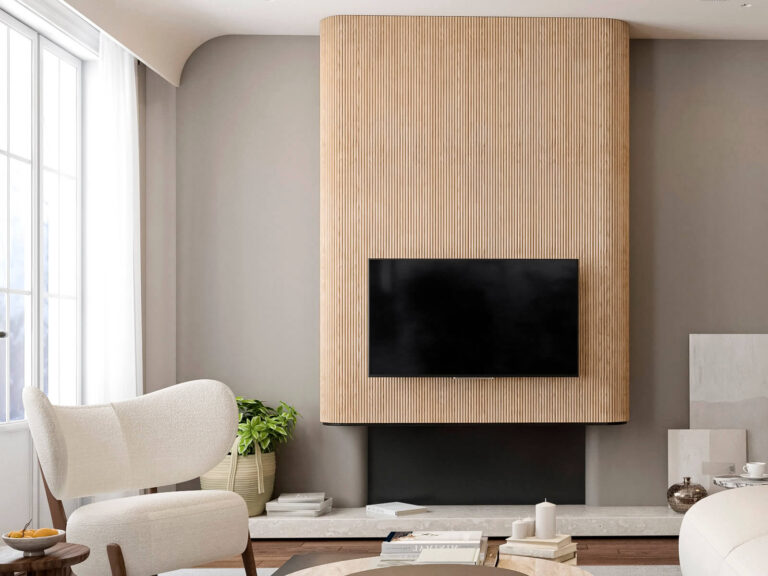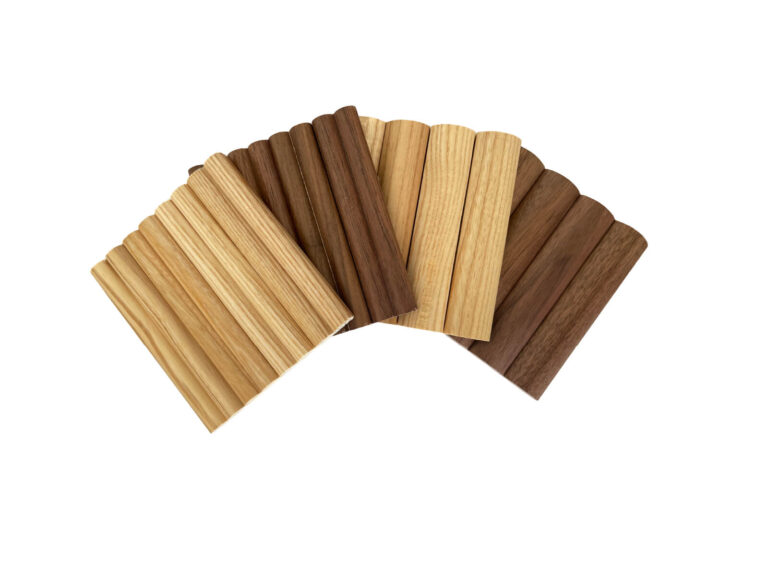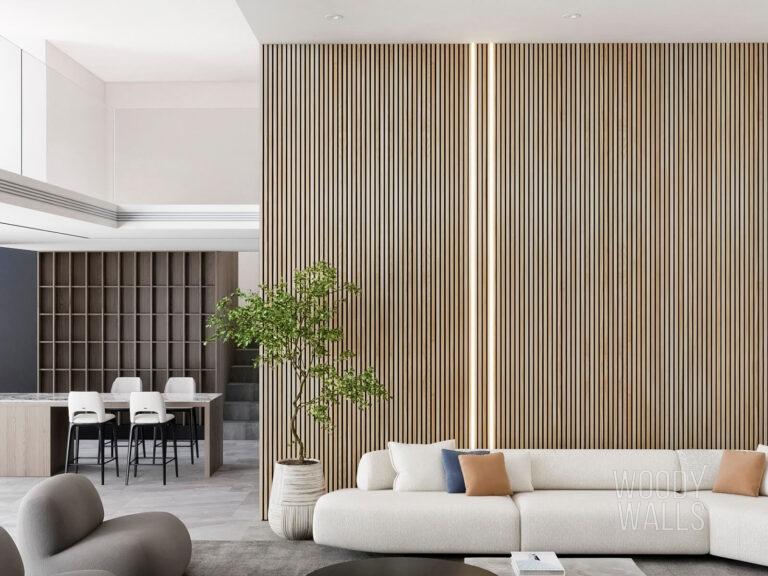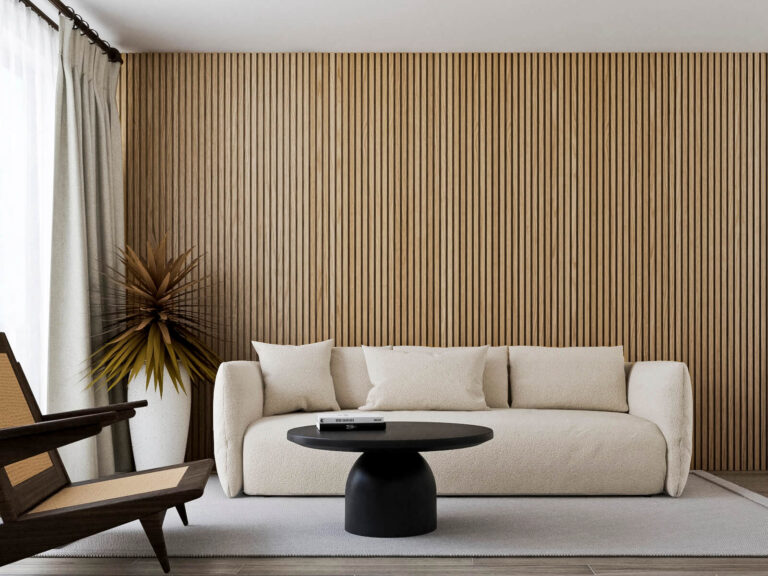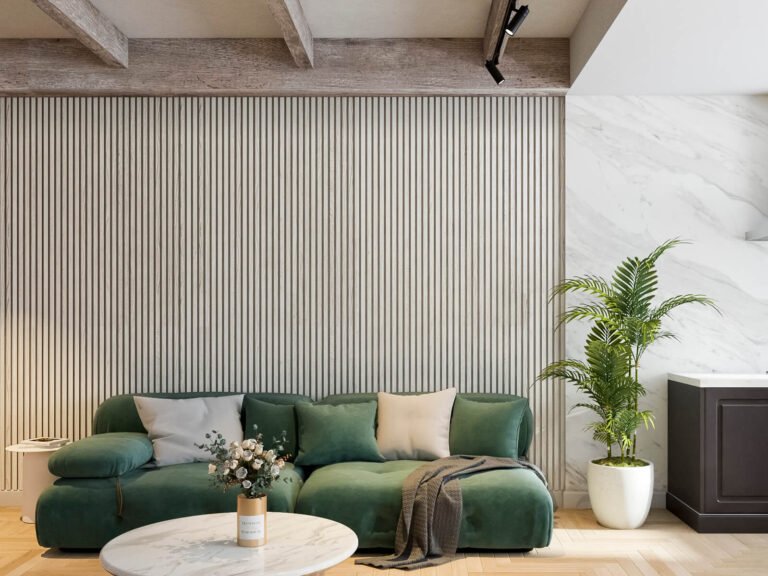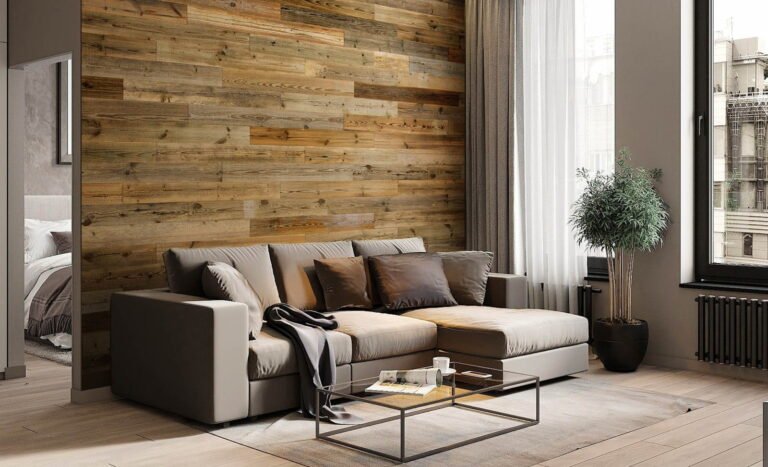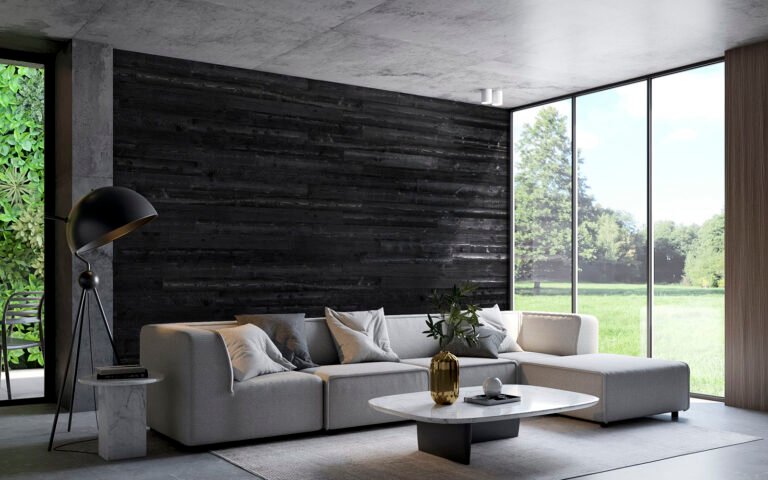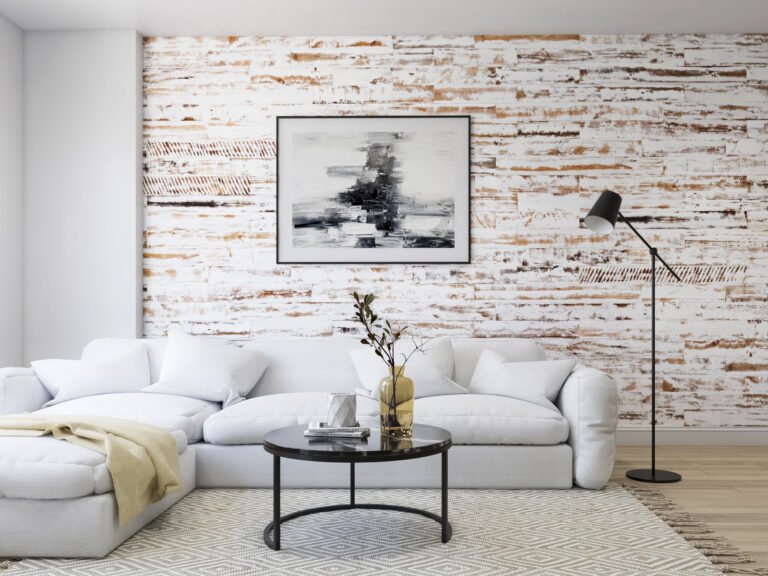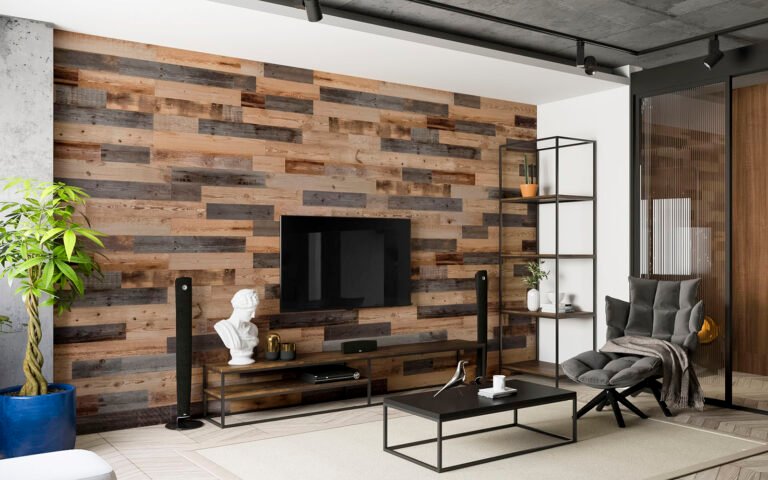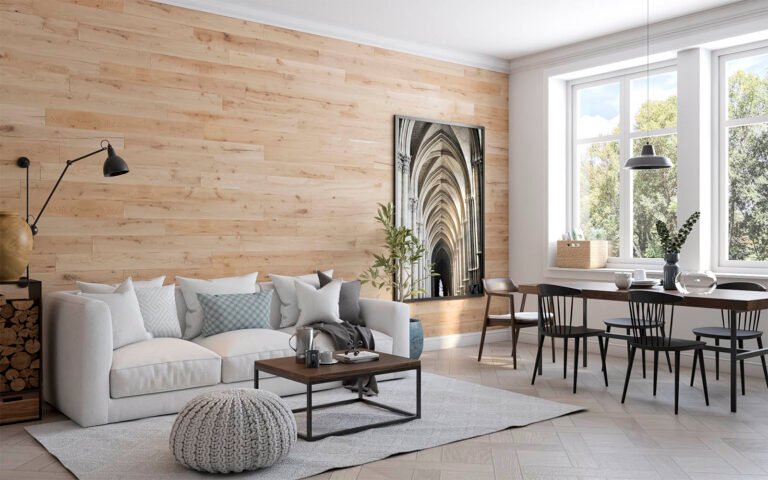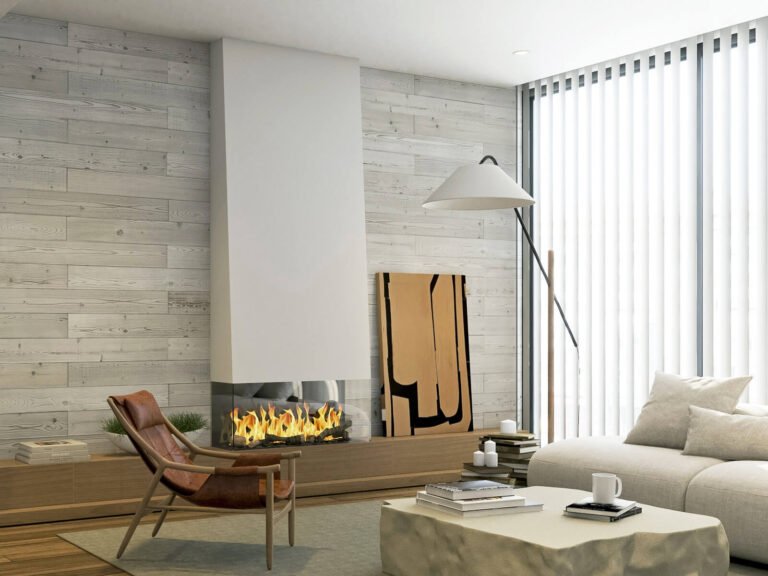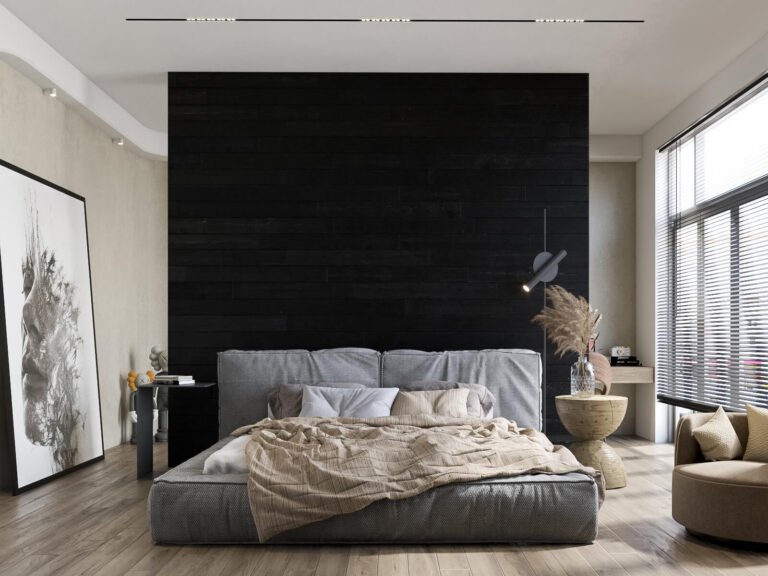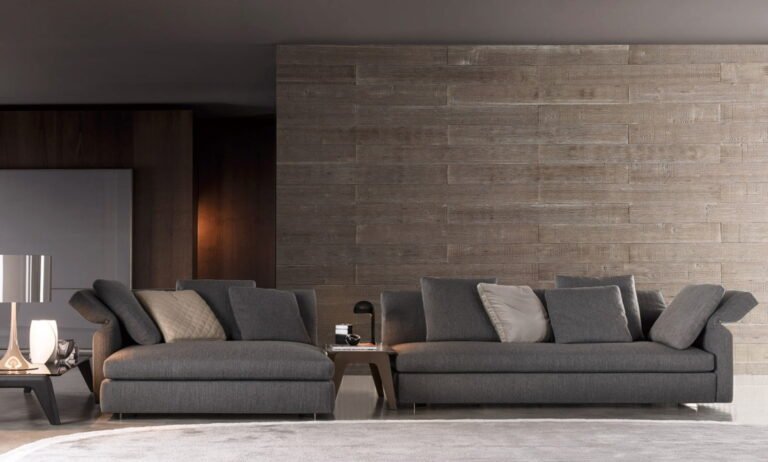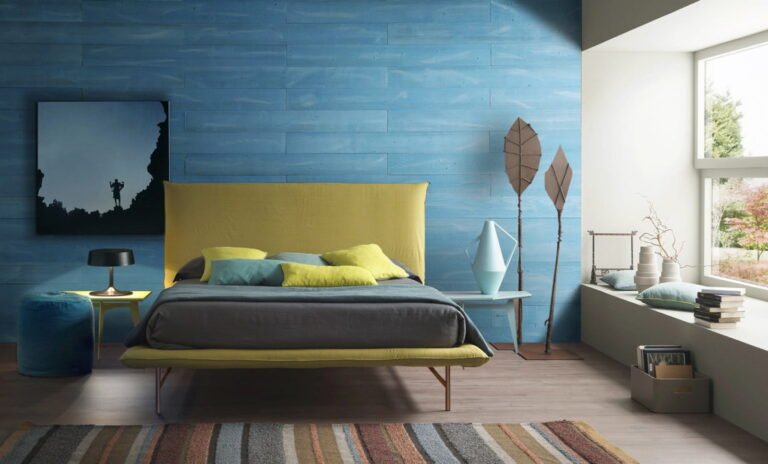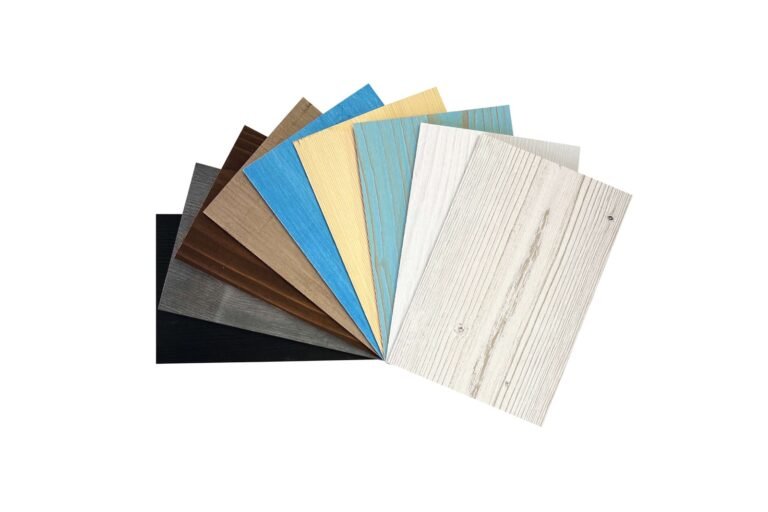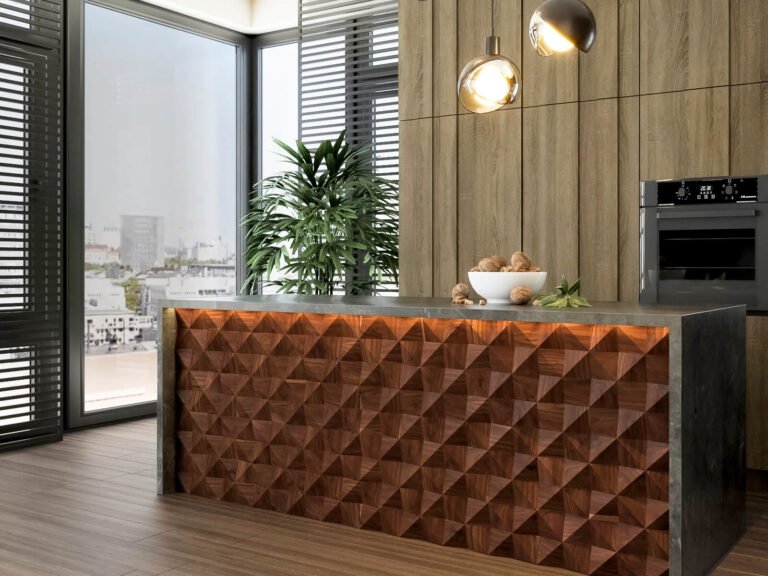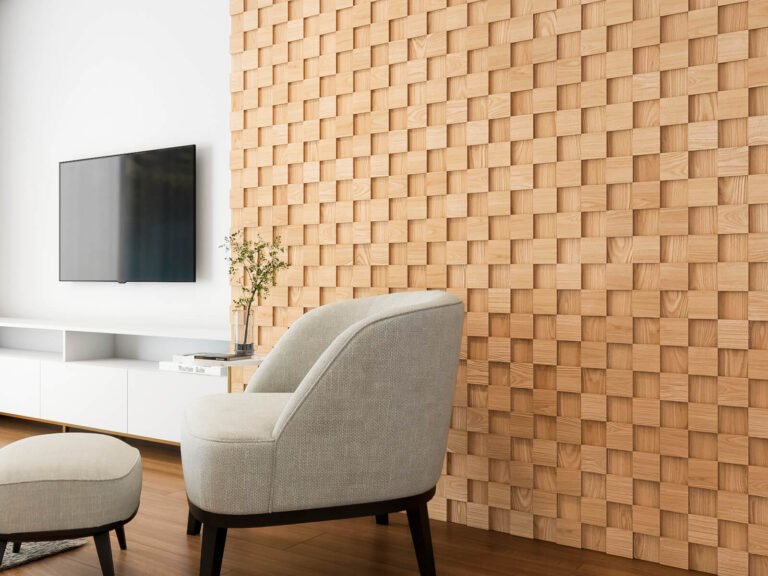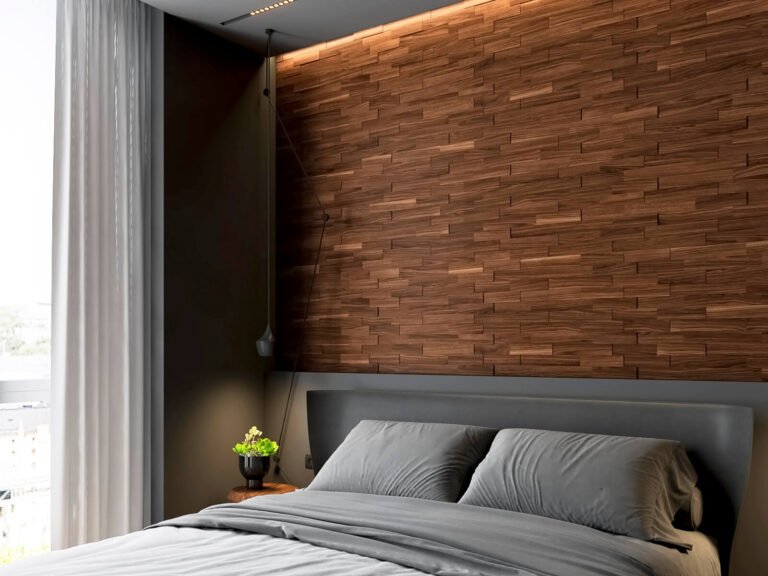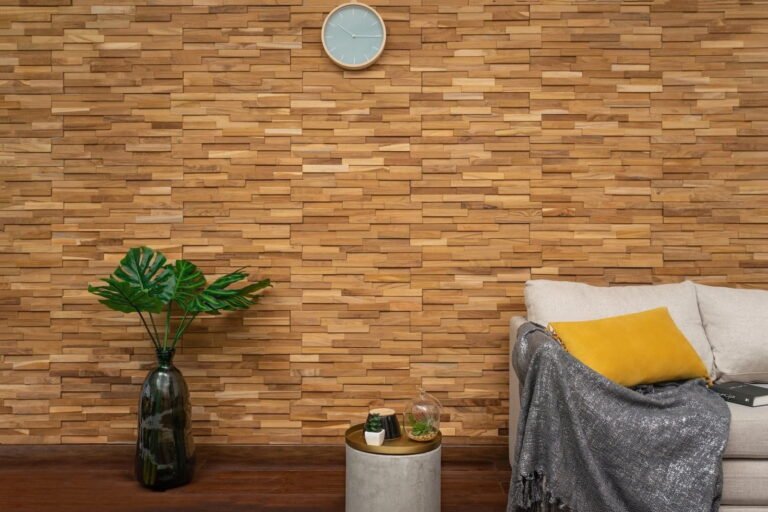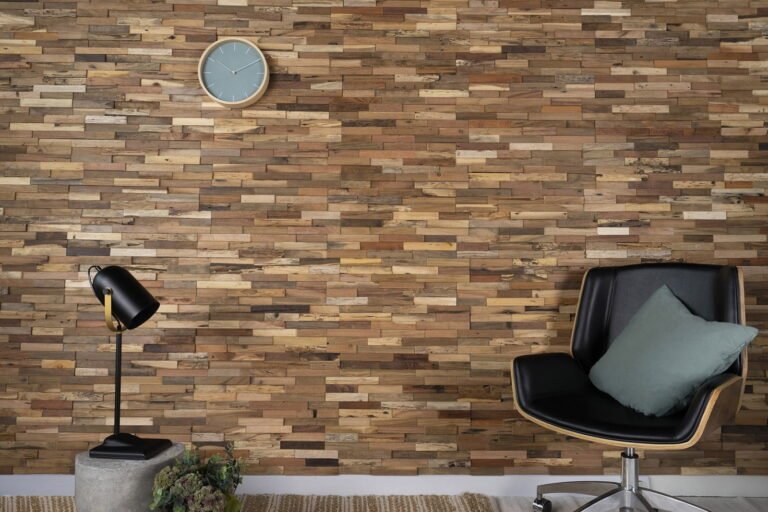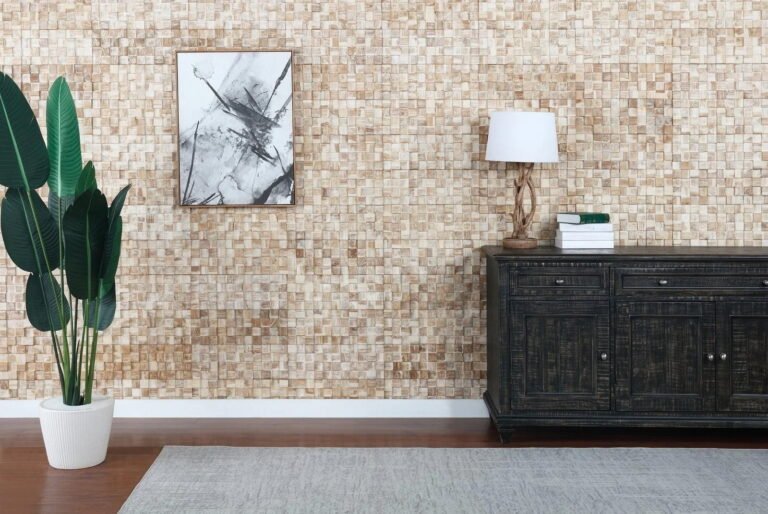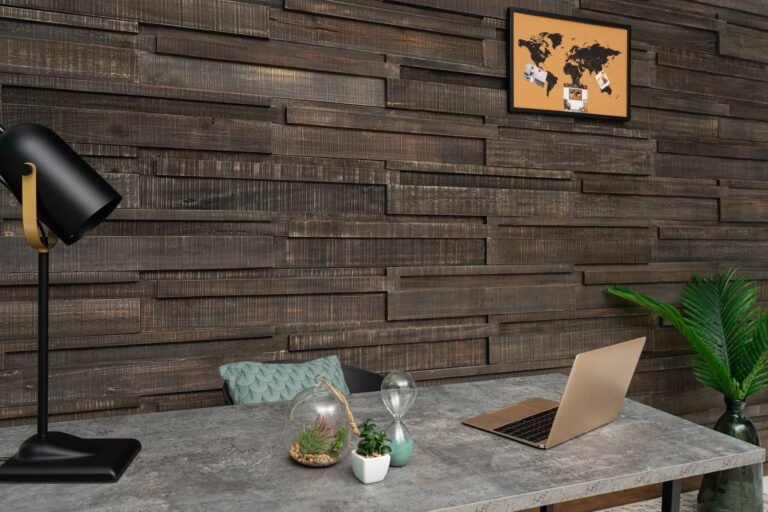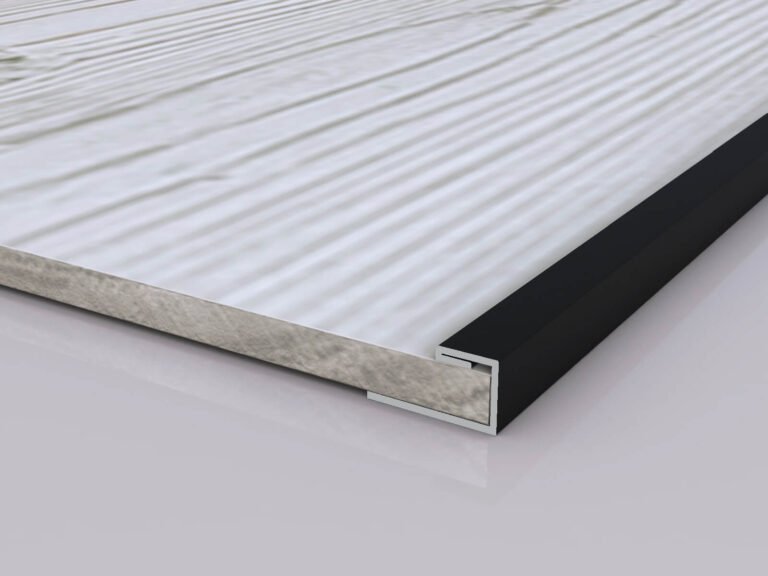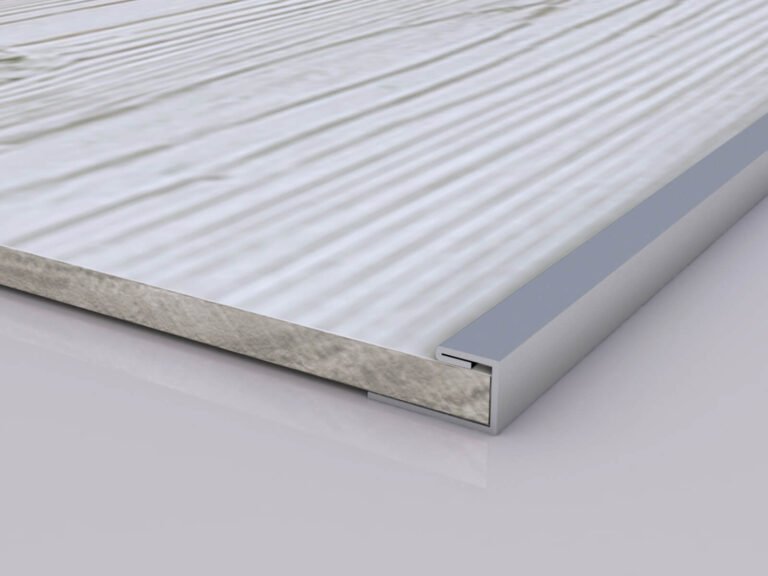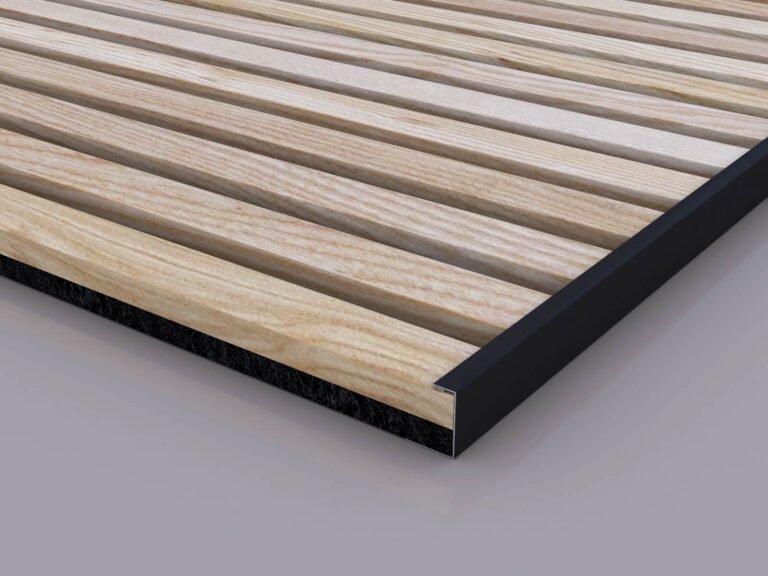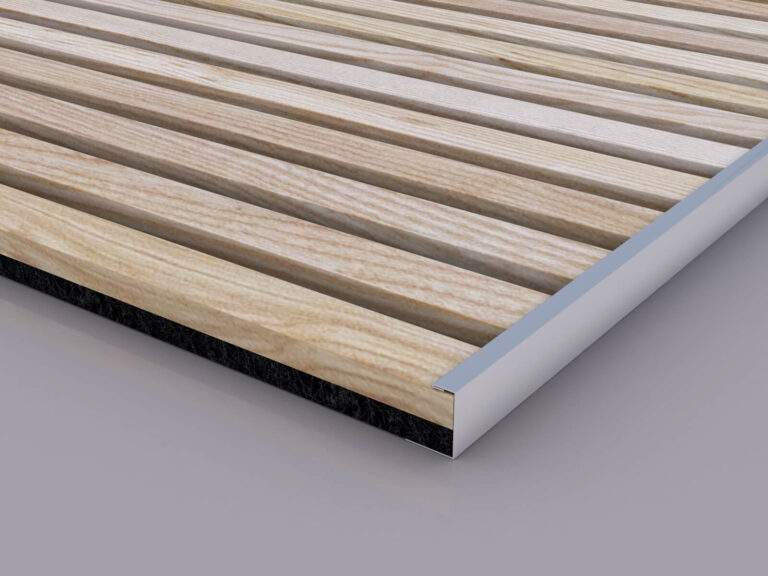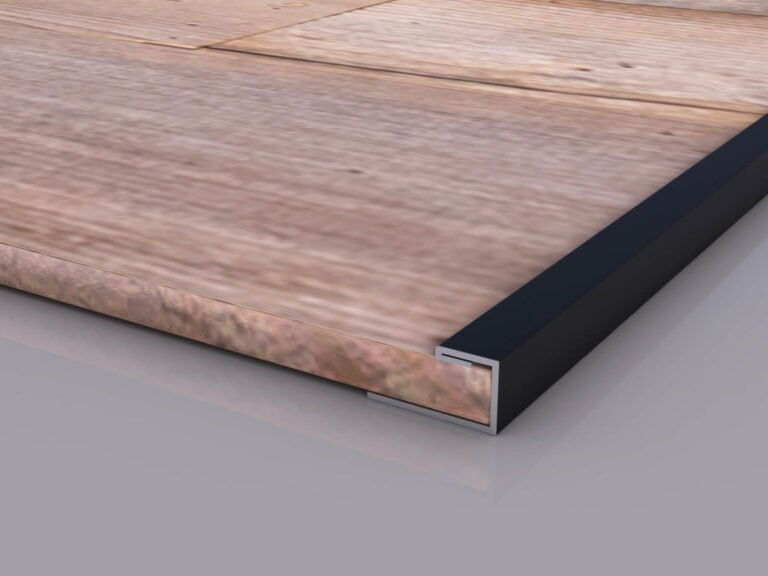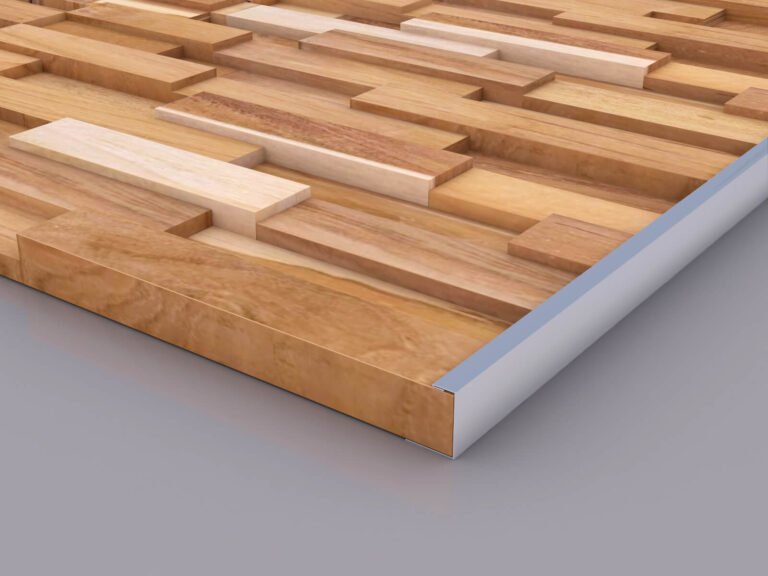Shiplap has become a favorite in modern home design. The flawless look and rustic style can fit seamlessly in many home decor styles. But what is shiplap? How can the shiplap upgrade your home space? Before you get on the trend, read this article. Let’s dig into the full story of shiplap, including its history, uses, materials, and everything you want to know.
What is Shiplap?
Shiplap is a type of wooden board that overlaps slightly when installed. Thus, there is a tight seal between the boards. Shiplap has been in practice for more than 1,700 years. It began with the Vikings, who used overlapping boards of wood on their ships to prevent water from getting in. This solid, water-resistant design contributed to their success at sea.
Shiplap got its name from its original use in shipbuilding. The ships’ planks had grooves that locked together snugly and were watertight and sturdy. Eventually, builders adapted the same process for structures such as sheds and barns. Now, shiplap is a go-to for ceilings and walls. Its clean lines and rustic appeal have made it a darling of home decor.

Complete Guide to Shiplap
Now that you know the history and appeal of shiplap. Let's take a closer look at key factors to consider when choosing it for your space.
Materials
Shiplap comes in different materials. Here are some common options, along with their pros and cons:
- MDF (Medium-Density Fiberboard): MDF is a lower-cost, smooth material. However, this material doesn't hold up well to moisture and doesn't have the strength of real wood.
- Plywood: This material is cheap and durable. You can resemble plywood nicely, though the visible grain might not appeal to everyone. Moreover, you have to prime the material first to smooth out imperfections.
- PVC/Vinyl: Choose vinyl if you want to use shiplap in humid spaces. Vinyl is a light-weight, water-resistant and low upkeep material. But this material lacks the warmth and texture of real wood.
- Wood: Wood is the most traditional and long-lasting option available compared to other materials. The bad news is that it’s expensive and requires ongoing maintenance. It has to be sealed and stained to preserve its integrity.
Costs
Shiplap boards are $1 to $2.5 per square foot. Labor costs could run from $4 to $7 per square foot. These costs will vary markedly according to where you live and what the material is.
Size
You can choose from various sizes to match different design styles and uses. Your options include:
- Width: Most shiplap boards are available in widths of 5 ½ and 7 ½ inches. Wider boards pay a relaxed feel to your space. Meanwhile, narrower ones tend to provide a more traditional look.
- Thickness: Shiplap boards range from ¼ inch to ¾ inch thick. Thicker boards make your space look deeper. You can also choose thin shiplap boards as they are easier to install.
- Length: Shiplap board length varies based on the size of your project. Most boards come in large sizes, often from 8 feet. You can trim them to fit your space.

Shiplap boards have different sizes
Color and Finishes
Shiplap comes in different colors so that you can easily find the one that matches your style the most. For example:
- White: This classic color choice makes shiplap ideal for farmhouse and coastal styles.
- Dark colors: If you need a contemporary vibe, choose shiplap in green, gray, and black.
- Charred wood: This finish uses a technique similar to the traditional Japanese method called yakisugi.
- Driftwood: Similar to white, driftwood gives your space a coastal feel.
- Natural: This classic choice highlights the wood's grain. If you use the shiplap in moisture-prone areas like kitchens and bathrooms, you have to seal it.
Common Uses
Shiplap is a stylish and flexible design feature. You can install the shiplap in these places:
- Bathroom: Shiplap softens the look of tile and fixtures in the bathroom. The best thing is that the shiplap handles moisture when properly sealed.
- Bedroom: You can install the shiplap behind the bed as an accent wall. This addition gives your bedroom an interesting texture without being too bold.
- Dining room: A shiplap feature wall makes a sweet backdrop for your dining table. Creating a warm space that can also improve the overall dining experience.
- Living room: Shiplap makes your living room feel more inviting. Use it around a fireplace or on an accent wall for a custom touch.
- Entryway: When adding a shiplap in the entryway, you can make it more welcoming from the moment your guests walk in.
- Home office: Shiplap adds texture to home offices. You can use narrow shiplap boards so that the space becomes more professional.
- Kitchen: Shiplap pairs well with kitchen furniture. Remember to seal the boards properly to prevent water from leaking in.

You can use shiplap for various purposes
Woody Walls’ Peel and Stick Planks or 3D Wall Panels offer a stylish take on shiplap, ideal for bathrooms, bedrooms, or home offices without contractor costs.
Pros and Cons of Using Shiplap
Like any design element, shiplap offers unique benefits, but you should expect some limitations as well.
Pros
Shiplap has become popular for these reasons:
- You have many choices in terms of materials, sizes, and colors.
- The wood boards are easy to install and maintain.
- The unique charm makes your space more lively.
Cons
Despite its charm, shiplap may not be ideal for every space due to the following reasons:
- The gap between the boards attracts dust.
- You have to seal the shiplap correctly so that it can be water-resistant.
- Painting can be difficult.

Consider the pros and cons of shiplap
How to Install Shiplap?
After considering the pros and cons of shiplap paneling, you may want to get some for your home. The installation is as follows:
Step 1: Plan the wall
First, measure your wall’s width and height to calculate how much material you’ll need. Then add 10% for waste and mistakes.
Next, settle on a plan for arranging your boards. Think about how you’re going to make seams and cuts around windows and outlets.
Step 2: Prepare the wall
Get your wall ready for shiplap. You must take off the outlet covers and switch plates. Also seal any gaps or cracks on the wall. Dusting is another part of this preparation step.
After that, find the wall studs and make them with a pencil. Studs show you where to attach the shiplap boards securely. Then, use a level to draw a straight line across the wall.
Step 3: Install shiplap boards
Once your wall is ready, install the shiplap from the bottom. Use a level to align the first board, then secure it with adhesive or nails. Continue upward as you connect the boards. Next, ensure the nails are neat and consistent. During the process, you need to follow any stud lines as much as you can.
Bring Timeless Charm to Your Home with Shiplap
Shiplap is a timeless design element. In addition to the aesthetic, it provides a high degree of durability and easy installation. You also have a number of material and size types to choose from.
Ready to upgrade your walls with style? Woody Walls brings a unique charm to your home. Visit WoodyWalls today to explore our premium collection. You will surely find the perfect finish!
FAQs
1. Is shiplap real wood?
Yes. Shiplap comes in different materials, including real wood. Pine and poplar are the two most common species of wood for shiplap.
2. What is the difference between shiplap and tongue and groove?
The biggest difference is the overlap between the two boards. Shiplap has a tighter seal in between boards, making it more rustic. Tongue and groove boards, however, have interlocking designs. The boards are supposed to fit closely together for a smooth finish.
3. How long does shiplap last?
Shiplap can last 20 to 30 years. Its durability also depends on the material and maintenance.




